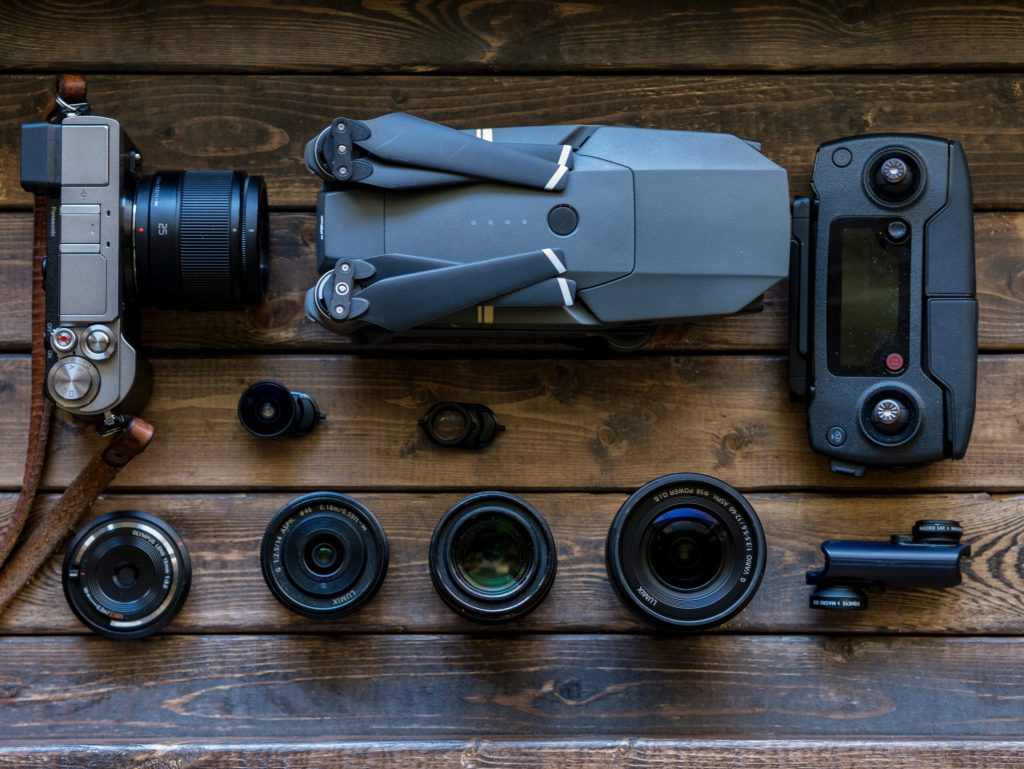Commercial photography is one of the most exciting and profitable branches of the photography world.
In this field, art, creativity, and marketing come together to help brands showcase their products and services through impactful and persuasive images.
If you’ve always dreamed of turning your passion for photography into a real career, this guide will walk you step by step through the process of becoming a professional commercial photographer.
What Is Commercial Photography?
Commercial photography is the art and business of creating images that help promote, sell, or represent products, services, and brands.
It’s widely used in advertising, marketing, and corporate communications — and covers a range of categories such as:
- Product and advertising photography
- Architectural and industrial photography
- Fashion and lifestyle campaigns (Modelling and Fashion Photography)
- Corporate headshots and portraits
- Beverage and food photography
In short, a commercial photographer captures visuals that drive business results.

The Role of a Commercial Photographer
A successful commercial photographer is both an artist and a strategist.
They understand composition, lighting, branding, and psychology — blending creativity with purpose.
Every shot must tell a story that connects emotionally and commercially with the audience.Read How to Choose the Right Industrial Photographer for Your Company
Steps to Becoming a Professional Commercial Photographer
Build a Strong Technical Foundation
Before entering the professional market, invest time in mastering the technical side of photography. Learn:
- Lighting setups (studio and natural)
- Exposure, ISO, and shutter control
- Composition and visual storytelling
- Editing and color grading in Lightroom or Capture One
Formal education isn’t mandatory, but workshops and online courses can give you structure and industry insight.Read Technical Challenges of Lighting and Equipment in Industrial Environments
Invest in the Right Equipment
Quality gear helps you deliver professional results. Start with essentials and upgrade as you grow.
Recommended gear:
- Full-frame DSLR or mirrorless camera
- Prime and zoom lenses
- Studio lighting and modifiers
- Reflectors and tripods
- Editing software (Adobe Lightroom, Photoshop, Capture One)
If you plan to focus on industrial photography in Canada, durability and weather-resistant equipment are crucial for outdoor or factory environments.
Choose Your Niche
The commercial photography industry is vast. Specializing helps you attract the right clients and refine your creative voice.
Popular niches:
- Product photography for e-commerce
- Corporate and industrial photography
- Real estate and architecture
- Lifestyle and advertising campaigns
- Food and beverage photography for restaurants and brands
Find what excites you most — and where your skill set adds value.

Build a Professional Portfolio
Your portfolio is your best sales tool. Start with personal projects or collaborations to show what you can do. Focus on consistency, style, and story.
Include case studies showing before-and-after editing, lighting setup, and the marketing purpose behind each photo.
For professionals like Mandana Rostami, a strong portfolio became the foundation for building long-term client relationships in Vancouver’s competitive creative market.
Learn Business and Marketing Skills
A commercial photographer runs a business — not just a studio. Learn to:
- Create contracts and pricing packages
- Negotiate licensing and usage rights
- Communicate with clients effectively
- Develop your personal brand
Take time to understand SEO, email marketing, and social media strategy — these are key to generating steady projects and referrals.
Build a Network and Collaborate
Networking is one of the fastest ways to grow in commercial photography.
Attend creative events, exhibitions, and workshops to meet like-minded professionals.
Mandana Rostami, a Vancouver-based commercial and industrial photographer, has demonstrated the power of collaboration in her career.
Through consistent professionalism and teamwork, she has worked with agencies, production groups, corporations, and individual clients — building valuable experience and credibility in the process.
Strong collaborations not only bring new clients but also expand your artistic perspective and business network.
Create a Professional Online Presence
In a city as creative and competitive as Vancouver, Canada, a strong online presence is essential.
Here’s how to stand out:
- Build a professional website: Include your portfolio, biography, testimonials, and a contact form for inquiries.
- Start a blog: Share your behind-the-scenes stories, photography techniques, and recent projects to boost SEO.
- Optimize for keywords: Use local SEO terms like Vancouver commercial photographer and industrial photographer in Canada to attract nearby clients.
- Be active on social media: Platforms like Instagram, LinkedIn, and Pinterest are essential for creative visibility. Post consistently, use hashtags, and engage with followers.
Don’t forget to list your business on Google Maps, Yelp, and Creative Canada directories to enhance your local search ranking.
Understand Copyright and Licensing
Commercial photography involves image rights and legal contracts.
Always define:
- Who owns the final images
- How and where they can be used (print, digital, advertising, etc.)
- The duration of usage rights
Having a clear contract protects both your work and your income.
Pricing and Value
Setting your rates can be challenging. Research local market prices in Vancouver and consider:
- Day rate vs. project-based pricing
- Licensing fees per image
- Post-production time and expenses
Remember: your value lies in your creativity, reliability, and ability to help brands communicate effectively.
Also you can see Pet and Family Photography
Continuous Learning: The Key to Staying Relevant
The commercial photography industry evolves rapidly — and true professionals never stop learning.
Here’s how to stay ahead of the curve:
- Embrace new technology: Follow updates from Canon, Sony, and Nikon to stay familiar with the latest autofocus systems, sensors, and AI tools.
- Master professional software: Explore advanced tools like Capture One, DaVinci Resolve, and Topaz Labs to refine your editing workflow.
- Attend workshops and conferences: In Vancouver, there are regular events for lighting, storytelling, and brand photography. These offer not just learning, but excellent networking opportunities.
- Study global trends: Analyze successful ad campaigns from brands like Apple or Patagonia — understand how they use light, emotion, and minimalism to influence consumers.
- Improve soft skills: Communication, time management, and presentation are what turn photographers into trusted professionals.
Continuous learning keeps your creativity sharp and your business competitive — especially in fast-growing markets like Canada’s creative industry.
Build Long-Term Client Relationships
Delivering consistent quality is the best marketing strategy. Follow up after every project, ask for testimonials, and maintain contact with satisfied clients.
Personalized communication often leads to referrals — the most powerful form of organic growth.
Conclusion: Turn Your Vision into a Profession
Becoming a commercial photographer takes more than technical skill — it requires patience, persistence, and professionalism.
By combining creativity with business understanding, and learning from successful photographers like Mandana Rostami, you can turn your passion for imagery into a thriving career.(About Mandanarostami)

2 Responses
Really helpful post!
I was wondering if you also offer photography services for steel and metal products?
We’re currently looking for a photographer who can capture stainless steel windows, doors, and sinks for our project.
Hi. Of course!
Yes, we do offer professional photography services for steel and metal products. Our team has extensive experience in lighting and capturing reflective surfaces like stainless steel to highlight their true texture and finish.
Please share a few details about your project (number of items, location, and preferred style), and we’ll be happy to provide a more detailed consultation.